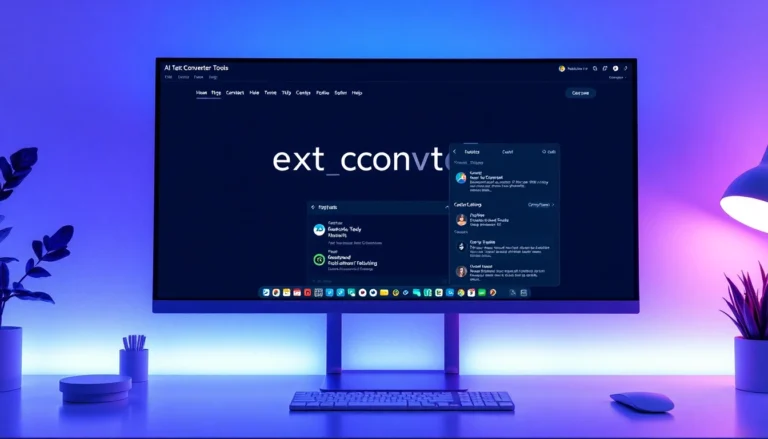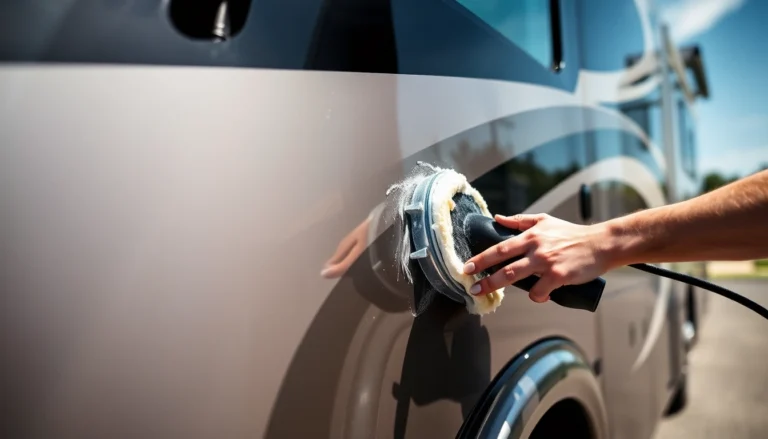
Understanding the Role of a Siding Contractor
When it comes to maintaining, upgrading, or renovating a home’s exterior, one of the most crucial decisions homeowners face is selecting the right siding contractor. This specialized professional is responsible for installing, repairing, and replacing siding materials that not only enhance the aesthetic appeal of a home but also provide essential insulation and protection against environmental elements. A skilled siding contractor ensures that each project meets the highest standards of quality and durability, which directly impacts the longevity and value of your property.
From initial consultation and site evaluation to precise installation and finishing touches, a professional siding contractor plays a pivotal role throughout the entire process. Their expertise is vital in choosing the optimal siding materials, understanding building codes, and following best practices for weatherproofing. By leveraging their knowledge, homeowners can achieve a seamless blend of functionality and design, resulting in a durable exterior that withstands the test of time.
What to Expect from Professional Siding Installations
Professional siding installations are characterized by meticulous planning, expert craftsmanship, and adherence to safety standards. When you hire a reputable contractor, you can expect a comprehensive service that begins with a thorough assessment of your home’s existing structure and your aesthetic preferences.
During the installation process, the contractor ensures proper preparation, such as removing old siding (if necessary), inspecting the underlying sheathing, and addressing any moisture issues. The installation involves precise fitting of materials to prevent gaps that could lead to water infiltration or energy loss. Modern siding options often incorporate advanced weather-resistant barriers, ensuring your home remains protected regardless of climatic conditions.
Once installed, a professional siding contractor will conduct a detailed inspection to verify that every panel, corner, and edge aligns correctly and securely. Finishing tasks such as sealing joints and applying protective coatings are key to achieving a flawless look that lasts for decades.
Common Siding Materials and Their Benefits
Choosing the appropriate siding material is critical for achieving your desired aesthetic, energy efficiency, and maintenance requirements. Here, we explore some of the most popular options:
- Vinyl Siding: Known for its affordability, versatility, and low maintenance, vinyl siding is a favorite among homeowners. It offers a wide range of colors and styles, resistant to pests and rot. Modern vinyl siding also features improved insulation properties.
- Fiber Cement (Hardie Board): Combining durability with the appearance of wood or stucco, fiber cement siding is highly resistant to fire, pests, and weather. It provides excellent insulation and can mimic various textures and finishes.
- Cedar Wood: Valued for its natural beauty and rustic charm, cedar siding is biodegradable and environmentally friendly. However, it requires regular maintenance to prevent decay and insect damage.
- Metal Siding: Aluminum and steel siding are popular for their strength and longevity. Metal options are fire-resistant and can be advantageous for industrial or modern architectural styles.
Each material offers unique benefits tailored to specific needs, climate considerations, and budget constraints. A qualified siding contractor can guide you through selecting the best option for your home.
How a Siding Contractor Ensures Quality Work
Quality assurance is integral to siding projects, and experienced contractors implement multiple layers of oversight to guarantee superior results. This includes:
- Thorough site evaluations to identify underlying issues that could compromise installation.
- Utilizing high-quality, manufacturer-approved materials to ensure longevity.
- Following industry-standard installation methods, such as proper nailing patterns and ventilation techniques.
- Adherence to local and national building codes for safety and compliance.
- Continuous training and certification of installation crew members to stay updated with the latest techniques.
Furthermore, reputable siding contractors often provide warranties on their workmanship and materials, reflecting their confidence in delivering lasting results. Regular inspections during and after installation help catch potential issues early, preventing costly repairs down the line.
Choosing the Right Siding Contractor for Your Project
Key Factors to Evaluate When Hiring
Selecting a qualified siding contractor requires careful evaluation of several critical factors:
- Experience and Credentials: Look for contractors with extensive experience, verified licenses, and relevant certifications (e.g., James Hardie Elite Preferred Contractor status).
- Reputation and References: Check online reviews, testimonials, and ask for references from previous clients for firsthand feedback.
- Portfolio of Past Work: Review their previous projects to assess craftsmanship, attention to detail, and style compatibility.
- Insurance and Warranties: Confirm coverage for liability and worker’s compensation, along with warranties on materials and craftsmanship.
- Cost Transparency: Obtain detailed, written estimates to compare scope, material costs, and labor charges objectively.
Questions to Ask Before Signing a Contract
To ensure clarity and protect your investment, consider asking contractors these vital questions:
- What specific materials and brands will you use?
- What is the projected timeline from commencement to completion?
- How will you handle permits and inspections?
- What is the warranty coverage for both materials and labor?
- How will potential issues or delays be communicated and resolved?
Reading Reviews and Comparing Quotes Effectively
Gathering multiple bids allows you to compare prices and services. However, don’t base your decision solely on cost. Focus on the reputation, experience, and warranties that come with each proposal. Reading independent reviews on platforms like Houzz or Angi, and verifying references, further helps validate the contractor’s reliability and expertise.
Design Trends and Material Options
Popular Siding Styles for Modern Homes
Design trends evolve, but some siding styles consistently boost curb appeal:
- Horizontal Clapboard: Classic and timeless, suitable for traditional and modern homes alike.
- Vertical Paneling: Adds vertical emphasis for a distinctive look, ideal for contemporary styles.
- Shingle and Shake Siding: Offers texture and Rustic charm, often used for accents or entire facades.
- Board and Batten: Features wide vertical boards with contrasting battens, popular for farmhouse and cottage styles.
When selecting a style, consider your home’s architecture, neighborhood aesthetics, and personal preference. A professional siding contractor can provide visualization tools and samples to help you decide.
Energy-Efficient and Eco-Friendly Siding Choices
Energy efficiency is a top priority for many homeowners, and siding can contribute significantly to lower heating and cooling costs. Innovations include:
- Insulated Vinyl: Incorporates foam backing for enhanced thermal performance.
- Fiber Cement with R-Values: Some products come with built-in insulation options.
- Recycled Materials: Siding made from recycled content reduces environmental impact.
- Low-VOC and Non-Toxic Finishes: Enhance indoor air quality and sustainability.
Choosing eco-friendly siding not only benefits the environment but also offers long-term savings through improved energy efficiency. Consult with your siding contractor about green options tailored to your climate and budget.
Color and Finish Options to Enhance Curb Appeal
Palette choices significantly impact your home’s exterior appearance. Popular options include neutral tones like grays and beiges, complemented by bold accents for doors and trims. Some finishes offer textured surfaces that mimic natural materials, adding depth and character.
Modern siding materials support a broad spectrum of colors, including fade-resistant options that retain vibrancy over time. Using contrasting trims and combining different siding styles can create a unique, personalized look.
Cost Considerations and Budget Planning
Average Pricing Based on Material and Project Scope
Siding installation costs vary depending on material choice, home size, and complexity. On average:
- Vinyl siding: $2.50 – $7.00 per sq ft, with total costs ranging from $5,000 to $15,000 for medium-sized homes.
- Fiber cement siding: $5 – $10 per sq ft, totaling approximately $10,000 to $25,000.
- Cedar wood siding: $6 – $12 per sq ft, with total expenses exceeding $15,000 depending on size and finish.
- Metal siding: $5 – $12 per sq ft, often ranging from $10,000 to $30,000.
Costs can fluctuate based on local labor rates, project complexity, and additional features such as insulation or custom finishes. Engage with experienced contractors to obtain accurate estimates tailored to your specific needs.
Factors Influencing Siding Replacement Costs
Several key factors determine the overall expense:
- Home Size and Design Complexity: Larger, multi-story homes require more material and labor, increasing costs.
- Material Selection: Premium materials like fiber cement or specialty finishes cost more upfront.
- Existing Condition: Preparation and repairs required before installation can add to the budget.
- Accessibility: Difficult-to-reach areas may necessitate additional equipment or safety measures, raising costs.
- Additional Features: Insulation, custom colors, or decorative trims can impact the final price.
Tips for Budget-Friendly Upgrades Without Compromising Quality
Maximize your investment by considering these strategies:
- Opt for durable, low-maintenance materials like vinyl or fiber cement to reduce long-term upkeep costs.
- Choose neutral colors for broader appeal and to prevent costly updates in the future.
- Prioritize essential repairs and upgrades in your budget to ensure structural integrity before aesthetic enhancements.
- Request detailed quotes and compare warranties to ensure the best value for your money.
Maintaining and Extending Siding Longevity
Regular Inspection and Maintenance Tips
Proper upkeep prolongs your siding’s lifespan and preserves its appearance:
- Schedule annual inspections to identify and address damage, mold, or loose panels.
- Clean siding annually using gentle power washing or soft brushes with mild cleaning solutions.
- Trim nearby trees and vegetation to prevent scratching and moisture retention.
- Reapply protective sealants or coatings as recommended by manufacturers.
Routine maintenance helps catch issues early, reducing repair costs and preventing catastrophic failures.
Signs You Need Siding Repairs or Replacement
Understanding warning signs ensures timely intervention. Look for:
- Cracked or warped panels indicating material deterioration.
- Holes, rot, or pest infestations suggesting underlying issues.
- Fading, discoloration, or staining affecting aesthetic appeal.
- Water infiltration or drafts around windows and doors.
- Loose or falling siding pieces.
Addressing these problems early maintains structural integrity and prevents costly repairs down the line.
Choosing Siding Contractors for Ongoing Maintenance
Partnering with a reliable contractor for routine inspections and minor repairs ensures your siding remains in optimal condition. Establishing a long-term relationship with a local, reputable siding specialist can facilitate prompt service and customized maintenance plans that extend the lifespan of your exterior surfaces.





